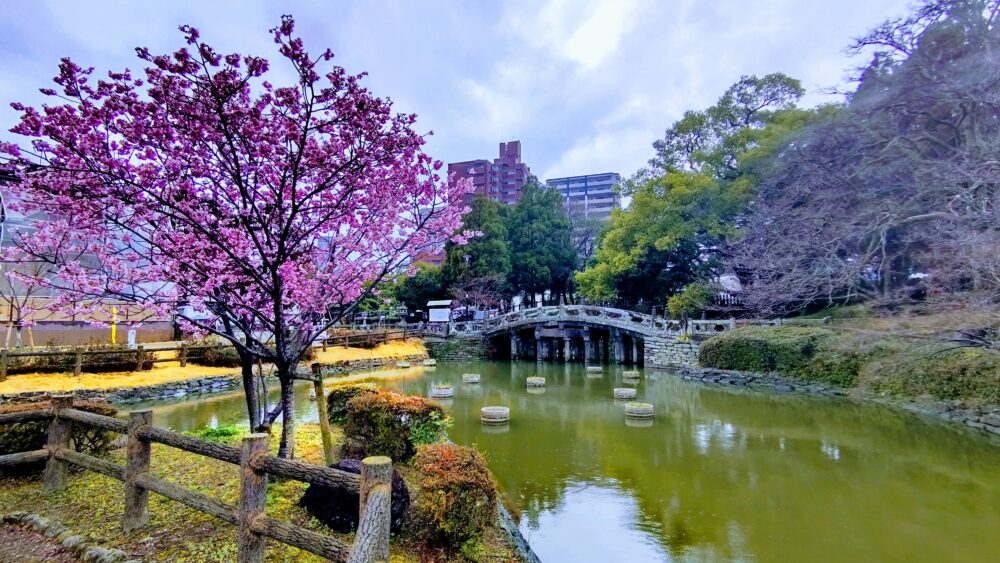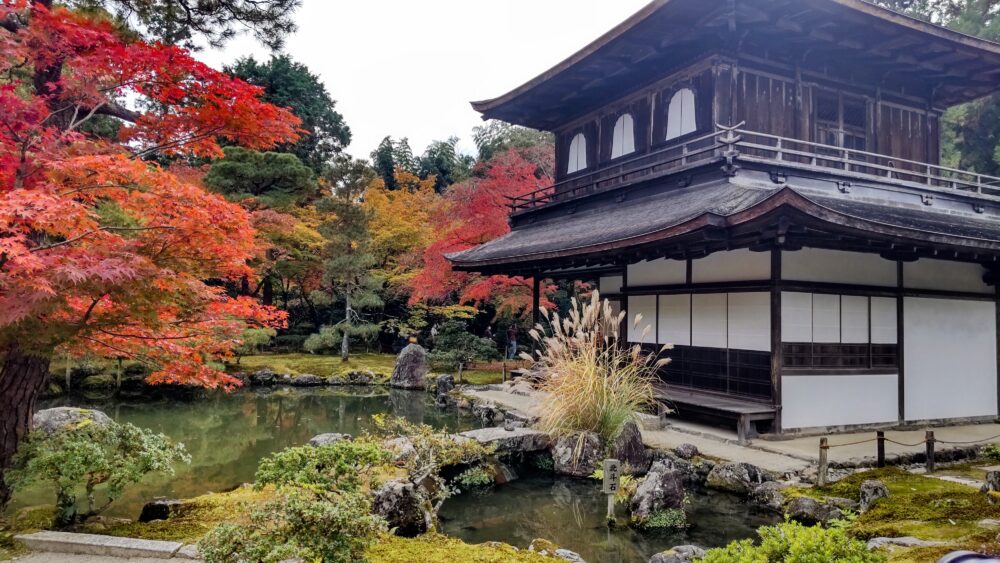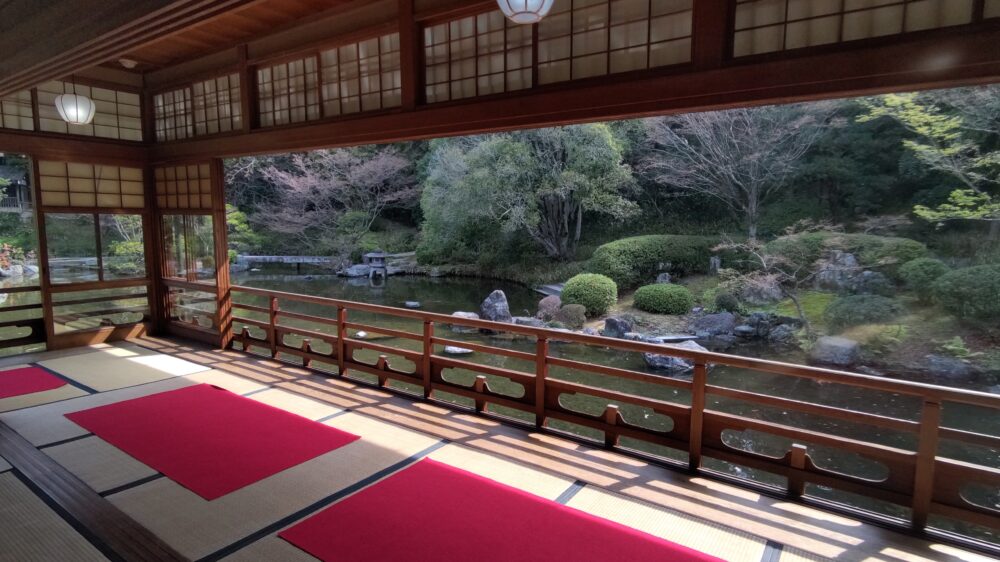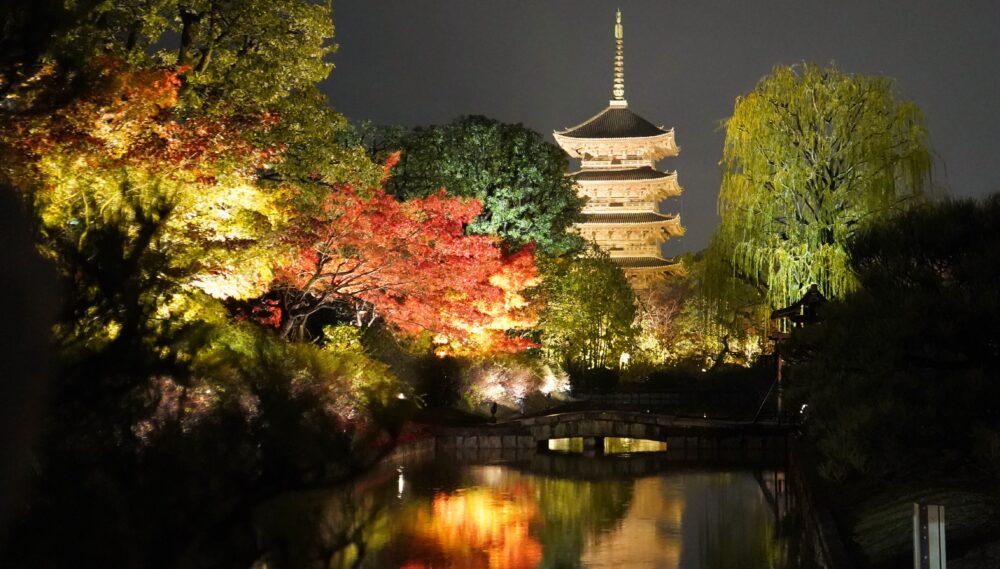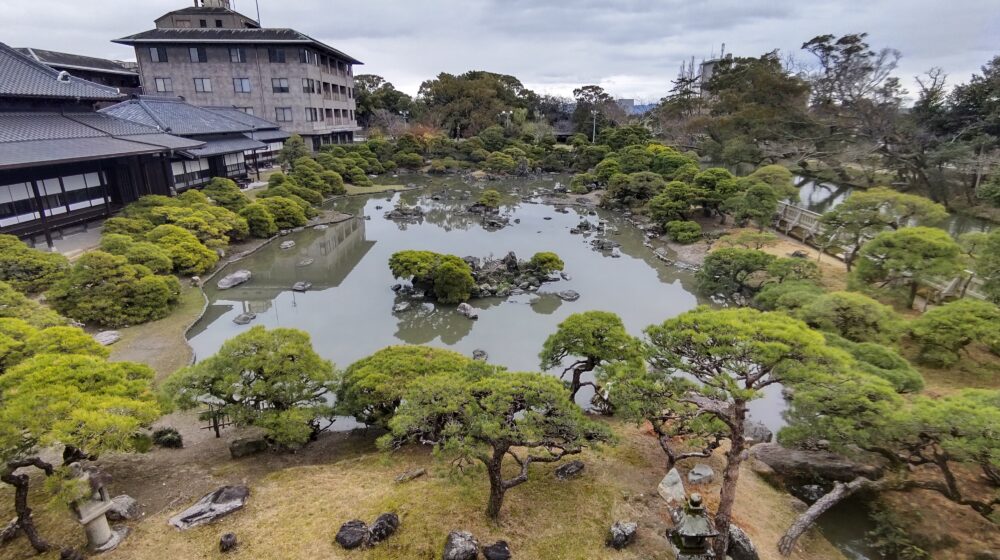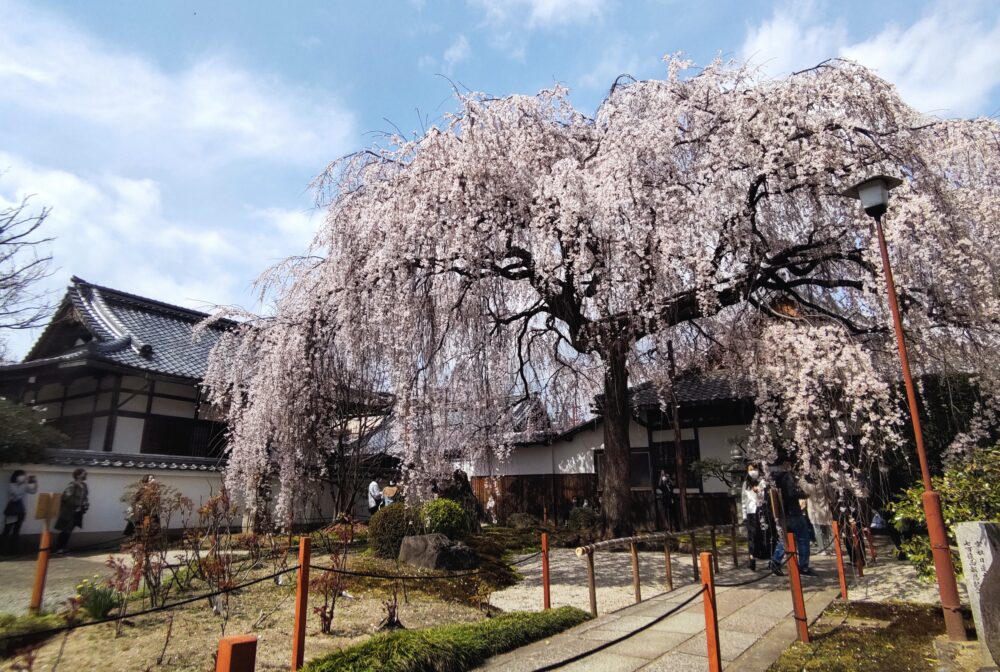Discover the Enchanting World of Hydrangeas in Kyoto
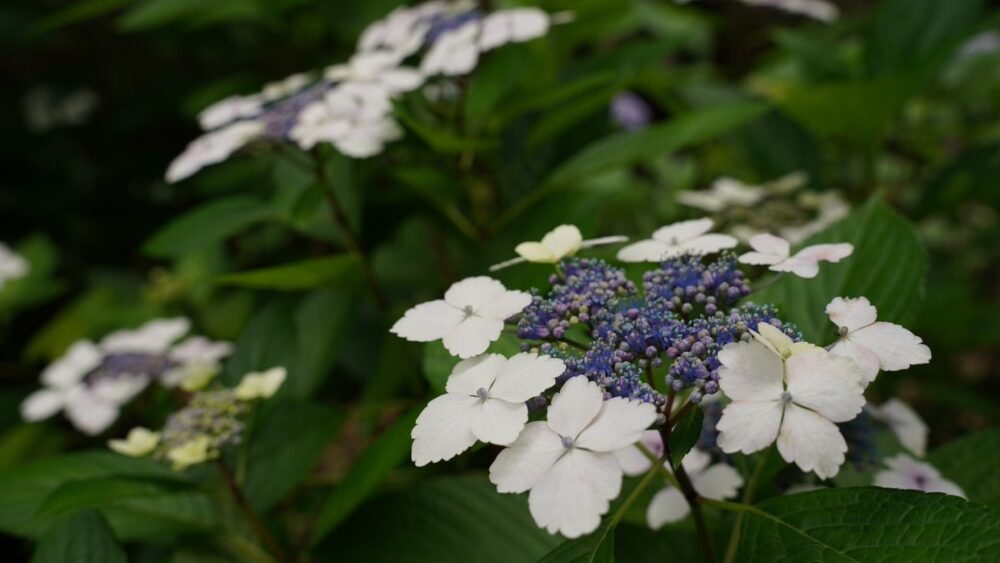
There are numerous hydrangea varieties in Kyoto. Each hydrangea has unique characteristics and appearance.
Hydrangeas are quite popular in Japanese gardens. We call them “Azisai”, known for highly cherished for their beauty and symbolism. Hydrangeas are well-suited to the temperate and humid climate in Japan, helping them grow easily.
Here are some information about hydrangeas to further enhance your understanding and knowledge of this popular plant.
Main Hydrangea types
There are several species of hydrangeas that are native or commonly found. Here are some notable species of hydrangeas found in Kyoto.
Hydrangeas macrophylla
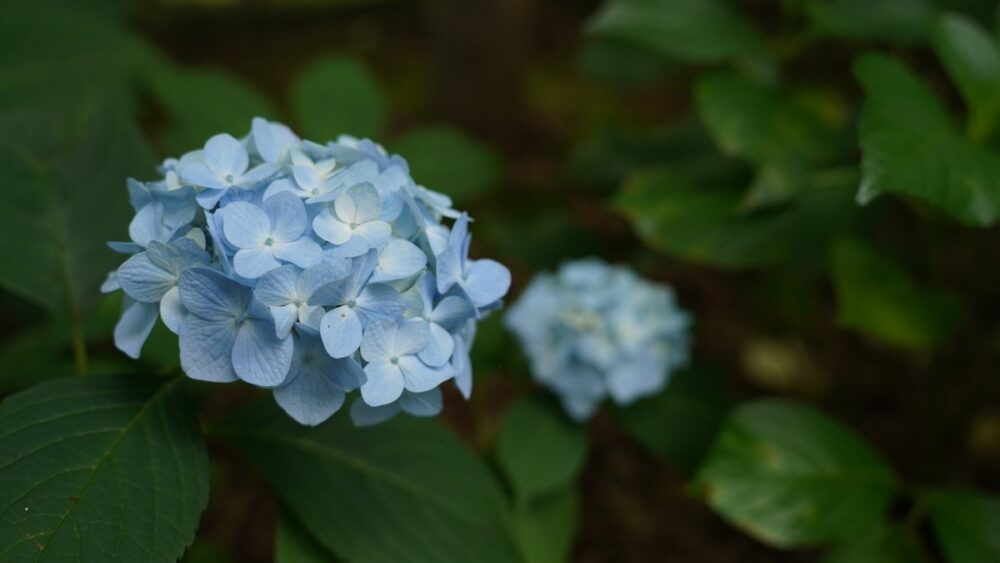
Hydrangea macrophylla is one of the most common hydrangea species in Japan, known as “Gaku azisai”. This hydrangea is a deciduous shrub that typically has large, broad and glossy leaves. Mainly, wild variety ones can be found growing in Coastal areas.
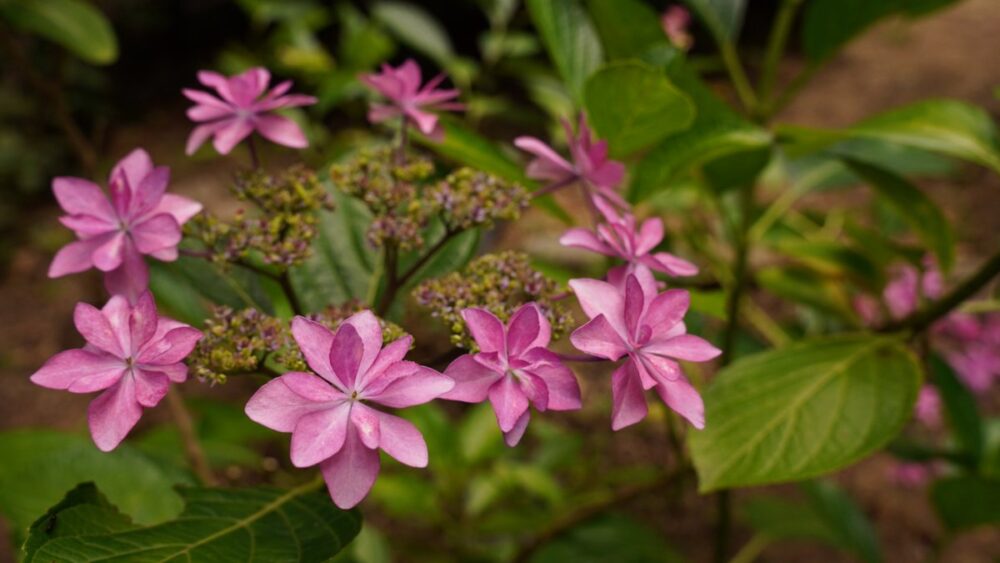
Hydrangea macrophylla “Dance party” are blooming with shade of pink color. These flowers were named based on the fact that its pattern resembles dancing flowers.
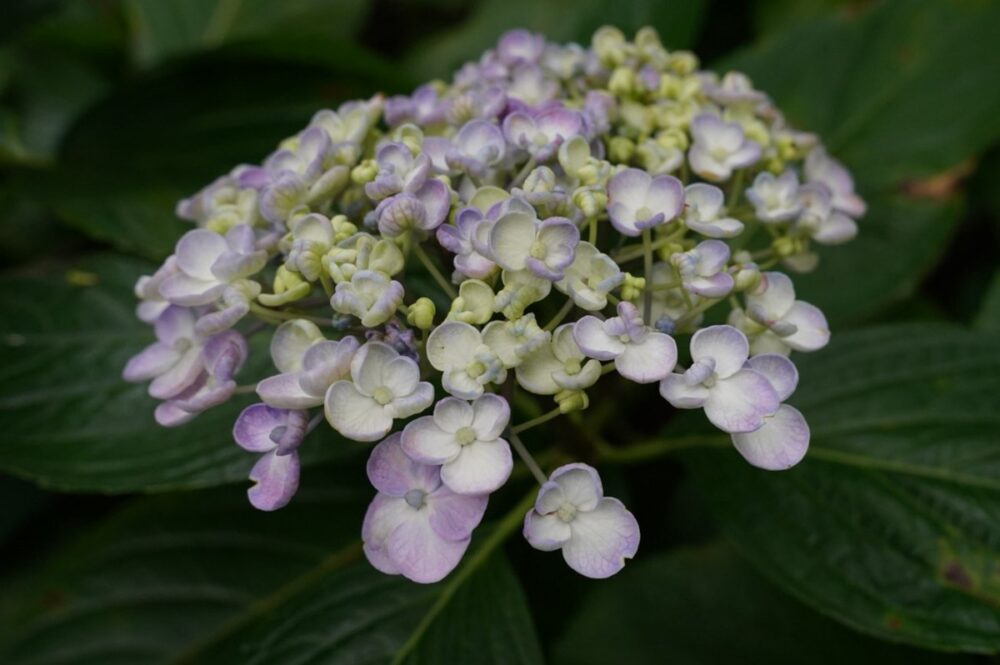
Hydrangea macrophyllas “Aesha” are blooming with shade of blue. These unique mophead hydrangeas have cup-shaped sterile flowers.
Hydrangea serrata
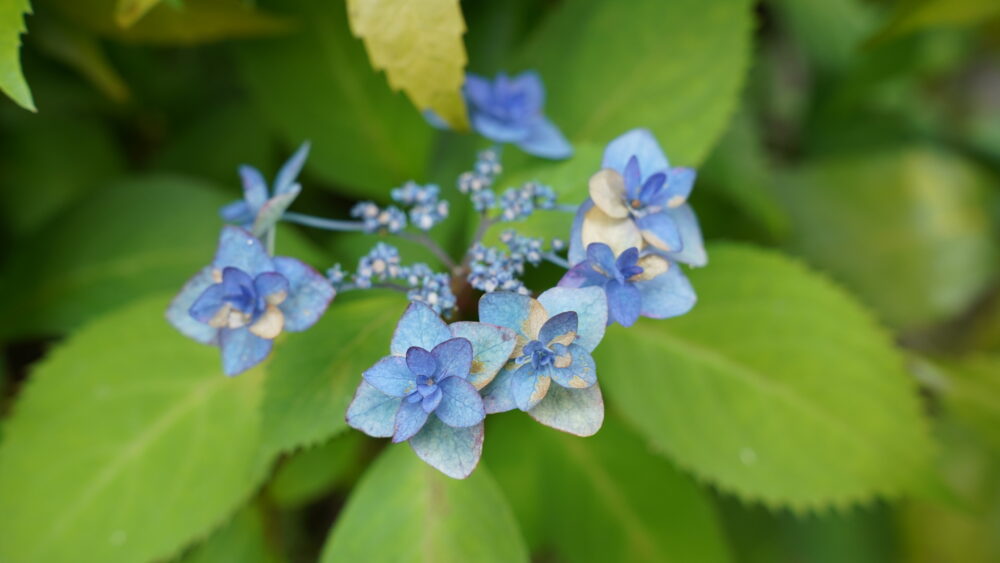
Hydrangea serrata is a species of flowering shrub in the Hydrangeaceae family. This species is commonly known as Mountain Hydrangea ”Yama azisai” with elongated oval-shaped, no-glossy leaves.
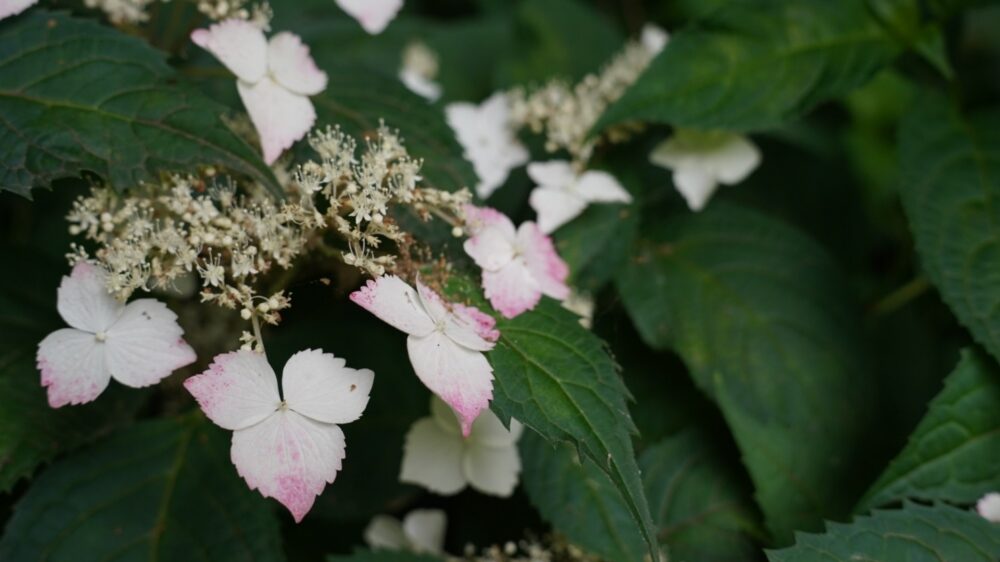
Hydrangea serrata japonica ”Beni-gaku ” begins blooming in white and gradually turns reddish when exposed to sunlight.
Hydrangea arborescens
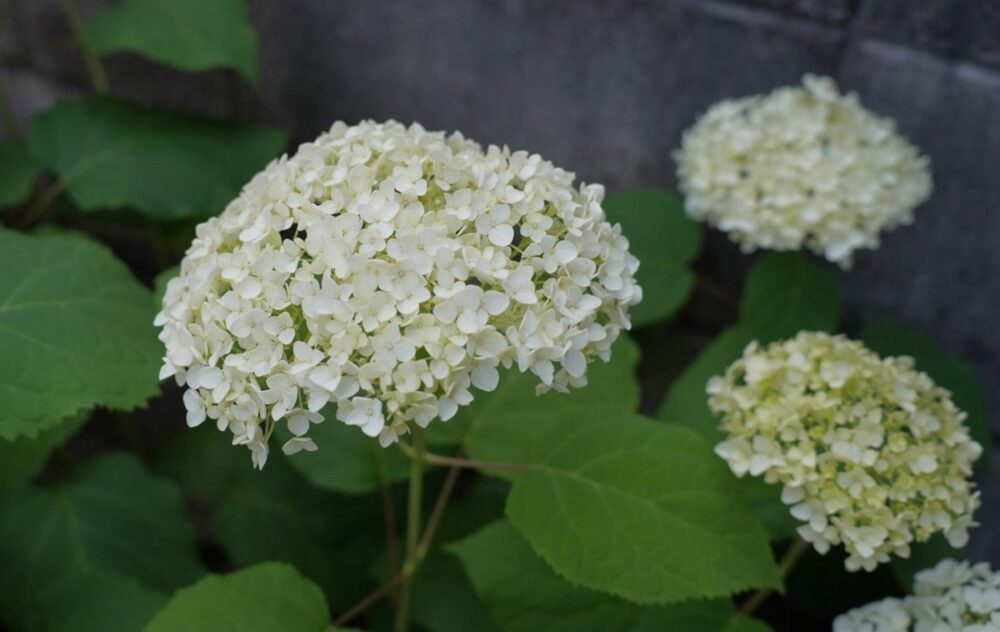
Hydrangea arborescens, commonly known as “Annabelle”, is a species of flowering shrub in the Hydrangeaceae family. It is native to northern America and is appreciated for its creamy-white flower clusters.
Hydrangea quercifolia
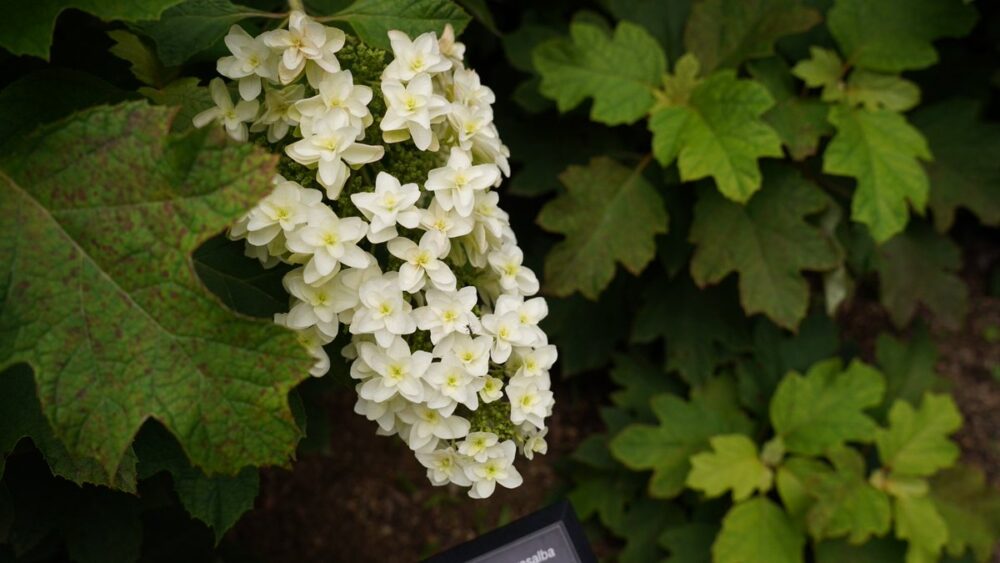
Hydrangea quercifolia “snowflake” Is a deciduous shrub, native to the northern United States. It’s highly regarded for its large, distinctively shaped leaves and white pyramid-shaped petals. We call it “Kashiwa-ba azisai”, due to those leaves which are deeply lobed resemble us of Oak leaf.
The phenomenon of changing colors
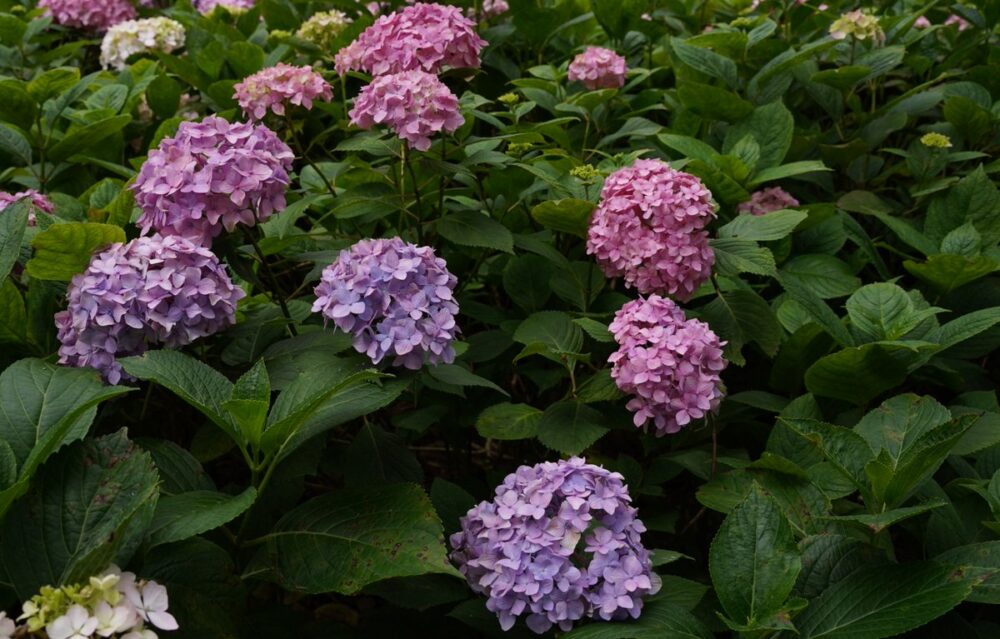
The color of hydrangea flowers can be influenced by the soil’s pH level and nutrient composition. This phenomenon is particularly notable in certain hydrangea varieties, such as Hydrangea macrophylla and Hydrangea serrata, that these types are highly popular in Japan.
In acidic soil, aluminum ions present in the soil are more easily absorbed by the plant. When these hydrangeas absorb aluminum, the flowers tend to exhibit shade of blue,
On the other hand, in alkaline soil, aluminum ions are limited to be absorbed, the flower tend to take on pink or reddish tones. Overall, Japan’s soil tend to be slightly acidic to neutral in nature. These Hydrangea macrophylla and Hydrangea serrata are tend to produce shade of blue flowers.
Common Misconceptions about Hydrangeas
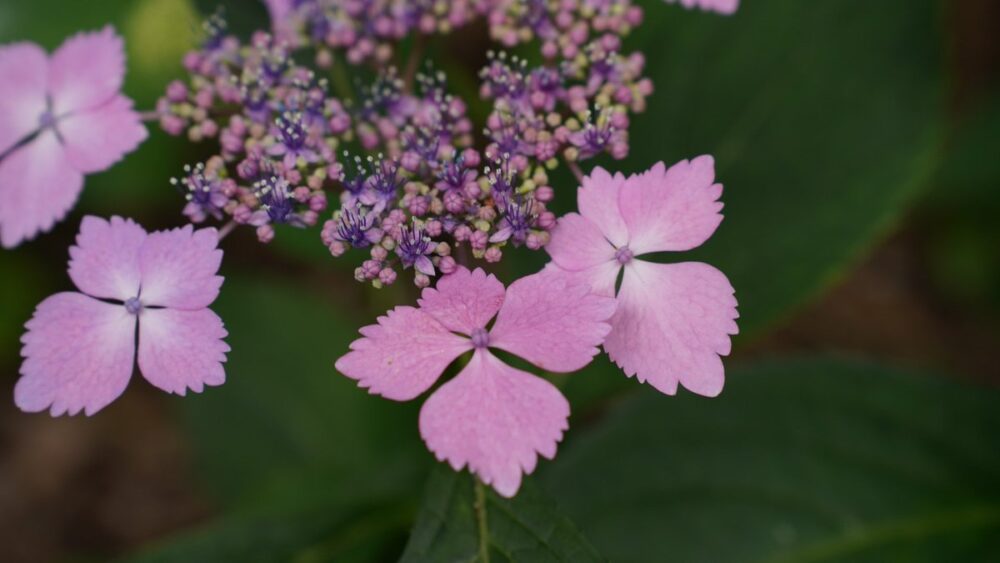
One aspect that can be easy to misunderstand about the flower shape of Hydrangea is the large, showy petals that we typically associate with the flower are actually modified sterile florets rather than true petals. The true ones of Hydrangea are the small, inconspicuous, grainy flowers.
Hydrangea macrophylla; “Gaku Ajisai” is often misunderstand as referring to all hydrangeas with lacecap-shaped, like flat caps with frilly edges, however this is inaccurate.
“Gaku Ajisai” specifically refers to the “type” or “speacies” of hydrangea, while “Gaku-zaki” represents the “blooming style”. There are both Gaku-zaki(lacecap-shaped) and Themari-zaki(handball-shaped)
